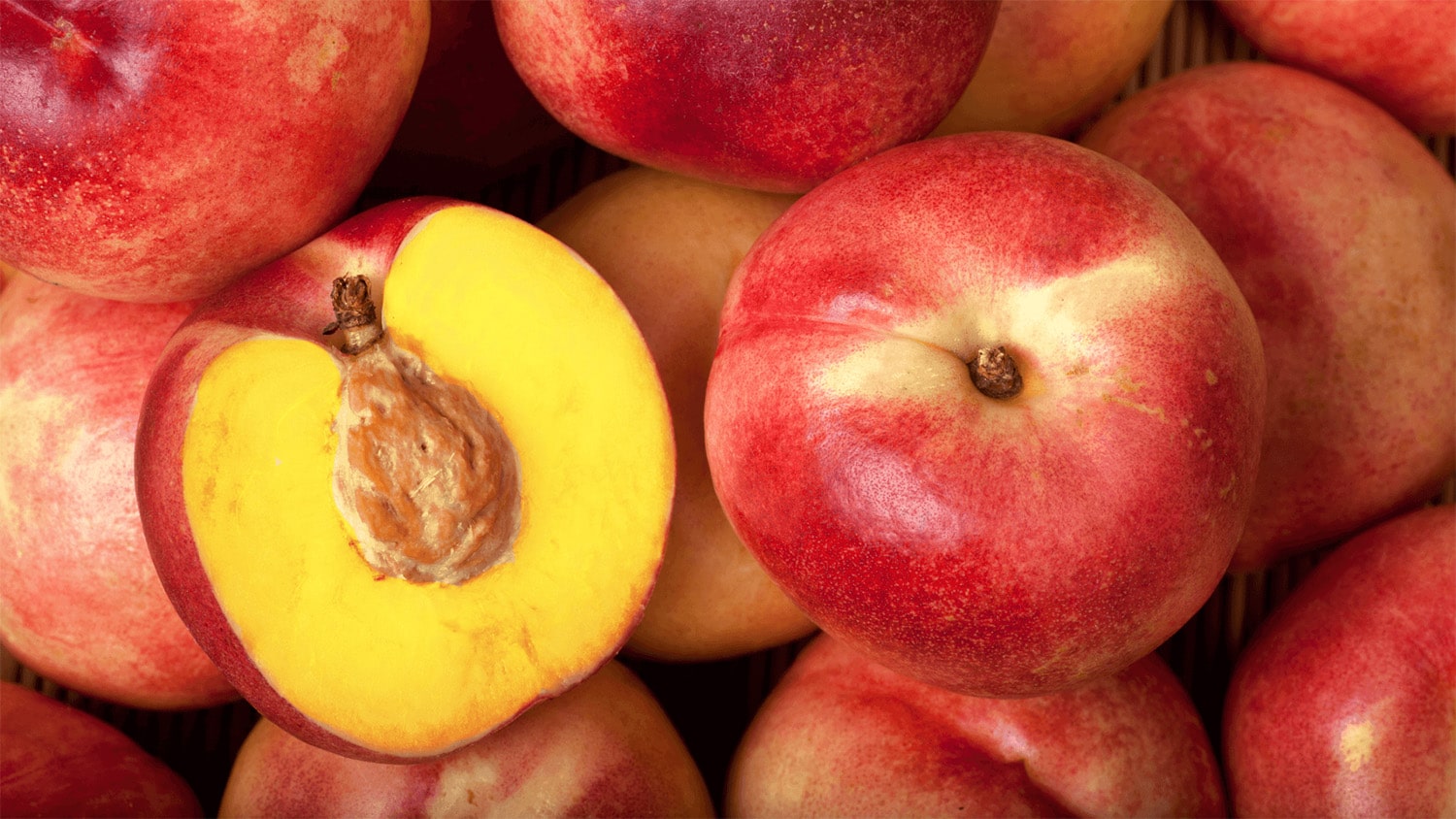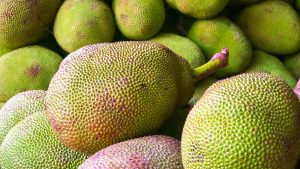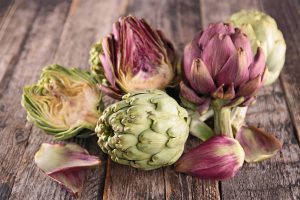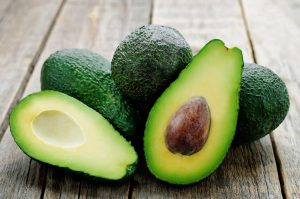
22 interesting facts about Nectarine
- 👁️ 1227
Nectarines, with their smooth skin and sweet, juicy flesh, are a delightful fruit enjoyed by many around the world. Often mistaken for peaches due to their similar appearance and taste, nectarines hold their own unique place in the fruit family. Originating from China over 2,000 years ago, nectarines have spread globally, becoming a staple in many diets and cuisines. They are not only delicious but also packed with vitamins, minerals, and antioxidants, making them a healthy choice for a snack or dessert. Here are 22 interesting and informative facts about nectarines that shed light on their characteristics, nutritional benefits, and historical significance.
- Nectarines are genetically identical to peaches, with the only difference being a recessive gene that makes their skin smooth rather than fuzzy.
- The word “nectarine” means “sweet as nectar,” highlighting their renowned sweetness.
- Nectarines were first cultivated in China more than 2,000 years ago.
- They belong to the Rosaceae family, which also includes apples, pears, and cherries.
- Nectarines are rich in vitamins A and C, which are essential for healthy skin and immune system function.
- They contain two types of antioxidants, lutein and zeaxanthin, which contribute to eye health.
- Unlike peaches, nectarines can have either white or yellow flesh, with the color indicating a difference in flavor.
- White-fleshed nectarines tend to be sweeter and less acidic than their yellow-fleshed counterparts.
- Nectarines are low in calories, making them a healthy choice for weight management.
- The fruit is composed of more than 80% water, which helps keep you hydrated.
- Nectarines are a good source of dietary fiber, which is beneficial for digestive health.
- They were introduced to the United States by Spanish settlers in the 17th century.
- Nectarines can be classified into freestone or clingstone varieties based on how easily the flesh separates from the pit.
- California is the largest producer of nectarines in the United States.
- The peak season for nectarines is from late June to August.
- Nectarines can be used in cooking and baking, similar to peaches, in dishes like pies, cobblers, and salads.
- The skin of nectarines is edible and packed with nutrients and fiber.
- They have a glycemic index (GI) value of 43, which is considered low and beneficial for blood sugar control.
- Nectarine trees require a period of cold weather to produce fruit, a process known as vernalization.
- The largest nectarine ever recorded weighed 0.96 pounds (436 grams).
- Nectarines can be stored at room temperature until ripe and then refrigerated to slow down the ripening process.
- In addition to being eaten fresh, nectarines can be canned, frozen, or dried for various uses.
Nectarines are not only a delicious and versatile fruit but also offer numerous health benefits, making them a great addition to any diet. Their rich history, nutritional value, and the variety of ways they can be enjoyed contribute to their popularity across the globe. Whether consumed fresh, cooked, or preserved, nectarines provide a delightful taste of summer that can be savored all year round. As we continue to explore and appreciate the wide array of fruits available to us, the nectarine stands out as a sweet, nutritious, and enjoyable choice.











